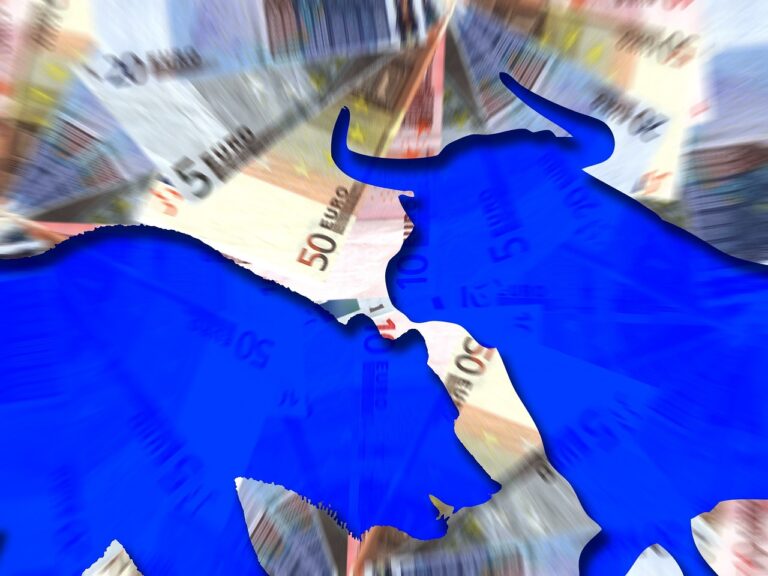Buy the Dip and Sell the Rip

Being an investor or not, the term “buy the dip” and “sell the rip.” is certainly not foreign.
Let’s break the definition into two segments.
What Does Buy The Dip Mean?
The term is derived from the action of taking advantage of the opportunity to pick up shares at a discounted price, in the prediction of future capital gains. This means the investor is buying a stock after the price had fallen or dipped. This indicates investor confidence the market will rebound and the stock’s price with soar high and beyond.
What Does Sell The Rip Mean?
The term sells the rip refers to the action of selling stocks that investors assumed to be at the pick of the investment cycle.
“Be greedy when others are fearful (buy the dip), and be fearful when others are greedy (sell the rip).”
“Buy the Dip” and “Sell the Rip”
Generally, investors ‘buy the dip’ to react to news, updates or short-term price movements. It is hardly performed as a strategy for long-term investment. In other words, “Buy The Dip Sell The Rip’ means buying as many shares as possible when the market dips and selling off fast while the market bounce. It describes a complete timing strategy implemented by investors who traded according to cycle movements.
Don’t confuse buy the dip with “buy the fear” or “FOMO” buy. It is for an investor who prefers to buy when there is a major sell-off and not by following the trend or a blip on the lower screen.
Is Buying The Dip A Good Idea?
Like any investment strategy, buying the dip has its own pros and cons.
The benefit:
- You can lower the average cost of your shares. In other words, you can implement dollar-cost averaging with this strategy.
- High potential for returns. This is because stock purchasing didn’t being performed at the top or when the bull condition was ripe.
- It gives investors confidence, comfort and self-satisfaction with self-knowing that the stock’s investment performed when the stocks are at the bottom.
The disadvantage:
- Most investors who buy the dip tend to sell as soon as the market re-bounce. Thus, investors might miss out on the opportunity for dividend payments.
- In reality, it is hard to predict if the dip magnitude will bounce back or continue dipping. Even with thorough research, there is also no guarantee that the business (of the stock bought) is not damaged.
How to Buy The Dip ?
The most crucial criteria to buy when the price is at a cyclical low point and sell when the market is at a cyclical high point is by understanding market cycles.
Part of the challenge is defining and quantifying market cycles, as many different versions are used. The first is a general business cycle which varies from expansion to contraction in the overall economy. The second is a four-phase cycle which is accumulation, markup, distribution, and decline. Lastly, market cycles in psychological terms describe vacillations in terms of repeating periods of panic such as wave-based cycles, and sector rotation cycles.
The Premium Time for Stocks Dip
Stocks are known to dip around 11 a.m. ET due to market makers balancing options positions and during the 3rd week of the month due to monthly options expiration. Many professional traders took a break between 11a.m and 2p.m ET because that’s when volatility and volume usually start to decrease.
Risks Management of the Implementation of Buying the Dip
If buying a dip is a strategy of choice, here are a few important things to take note of. First, placing the side of money to keep out of the market. It can rather be a small portion. This is to tackle possible consequences of uninvested money, which include missing out on tax breaks and qualified dividends or maybe dollar-cost averaging in case of the market dip further. For example, say you have $50,000 to invest. You should keep around 5-15% uninvested, say between $3000 to $8,000.
Second, do an in-depth analysis, preferably by implementing several indicators that can use to guide decisions about buying dips and selling peaks. Types of market indicators include- economic indicators, price and momentum indicators, volatility measures, sentiment indicators and technical indicators.
Third, always use limit order features to acquire stocks at the optimum desired stock price. Putting a buy order in at a lower price can resulting either getting the price or the stock purchase will not be executed.
Forth, for advanced traders. One can sell options on stocks that you wish to buy at lower prices. It will open the opportunity to receive a premium from the put regardless of whether the specified stock managed to be acquired at the targetted price or not.
Conclusion
Buy the Dip” and “Sell the Rip is a great opportunity to obtain a stock at a discounted price. It might seem more like a buying opportunity rather than a selling situation, as long as there is confidence in the trend. However, always do your research before entering the market. It is important to understand the possible future gains and losses in both the short and long-term investments.
None of the material above or on our website is to be construed as a solicitation, recommendation or offer to buy or sell any security, financial product or instrument. Investors should carefully consider if the security and/or product is suitable for them in view of their entire investment portfolio. All investing involves risks, including the possible loss of money invested, and past performance does not guarantee future performance.
We hoped you’ve enjoyed this piece and appreciate the time you spent reading. We love making and sharing content which is insightful and actionable. Stay tuned for more exciting content, coverage and the latest news about the world of finance. Visit AxeHedge.com to learn more about what we do and how can we help you in your investment journey.







